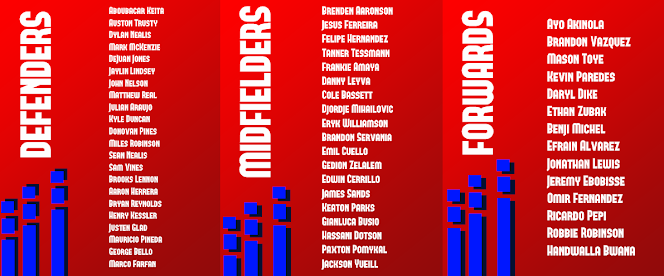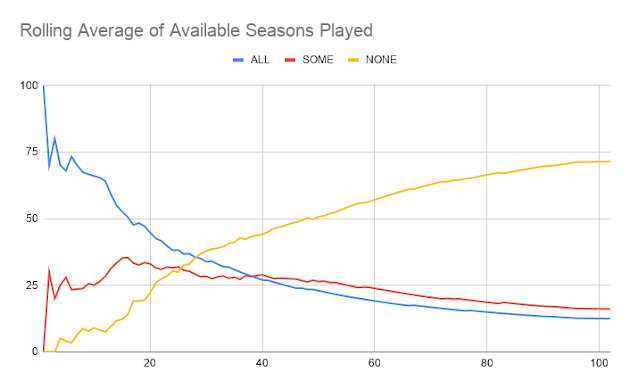US Olympic Qualifying Deep Dive:The Domestic Players, part 1 - Introduction
October 10, 2015, Rio Tinto Stadium:
Alberth Elis’ two goals slammed the coffin lid on the USA’s Olympic qualification hopes as a tough and determined Honduras team overwhelmed a talented but unready U-23 USMNT. Almost 5 years later, the disappointment of 2015 has been mirrored by the disaster in Couva, and in the aftermath the explosion of talent that will define the next decade of the USMNT.
Now, the U-23 USMNT is set to attempt to qualify for the Olympic games, breaking a streak of failure that reaches to 2013. The original tournament, planned for April 2020, has been postponed indefinitely. In the meantime, players have moved, developed, and broken in to new squads.
Even though the best and brightest talents for the USA will be appearing in Champions League games and featuring in title races across Europe, the bulk of the qualifying squad will most likely domestic players. The amount of minutes played by young Americans has skyrocketed, and with that the quality and competition has increased. Every week another Olympic-eligible player is starting, and making an impact.
The purpose of this series is to take a deep dive into the domestic players that can be selected for Olympic qualifying. Drawn against a far more difficult group than either of the previous two cycles, it is important to select a team that can play up to the exacting CONCACAF standards. Considering the way the USMNT wants to play, who is the best fit?
The Players
Despite the COVID-19 postponement of the Olympics and Olympic qualifying, the birth year of eligible players was not changed. Any American born in the year 1997 or later can represent the USA. I chose to limit my pool to MLS players; while there are some in Liga MX or even Europe who would potentially be available for qualifying, the lack of statistical information in other leagues makes comparing the players a subjective rather than objective effort.
The data was collected for the most part from FBRef.com, a fantastic resource containing significant amounts of data for MLS. I set a cutoff date of 9/17/2020 to begin work on this project. I also used positional norm groups of seasons by players who played more than 450 minutes in a season. Positions, as well as some measures such as xPass% or G+, came from American Soccer Analysis, whose writers are much smarter and better at this than me.
After reviewing the pool of U23 players, I eliminated most players who had less than 450 minutes of MLS experience as of 9/17/2020. There were a few that I felt should be considered despite their relative lack of experience, although because their minutes are low their stats are probably not the most representative sample. I also chose not to review goalkeepersIn the end, I settled on a pool of 55 players from 21 of the 26 MLS teams. Of those, 17 are ’97s, 13 are ’98s, 15 from ’99-’00, and 10 from 2001 or later who would also be U20 eligible.
The Tactics:
It’s difficult to say what the tactical approach will be for this squad. I would assume that it would look like Berhalter’s system, simplified for the limited amount of time. Based on that I will discuss the individual principles that underpin the Berhalter system and how that might apply to the player pool. I will cover positional expectations in more detail in the positional articles.
The shape is most likely going to be a 4–3–3; that was the system that was used throughout the U23 matches that happened since Jason Kreis was installed as the coach. The 10, or most attacking midfielder, will overlap with inverted wingers and the fullbacks will provide additional width in the attack. There will be a lone striker who is responsible for hold up play and getting on the end of balls into the penalty area. Possession will be a key metric for this team, as it will seek to disorganize the opponent with the ball and create chances against less talented teams.


Comments
Post a Comment